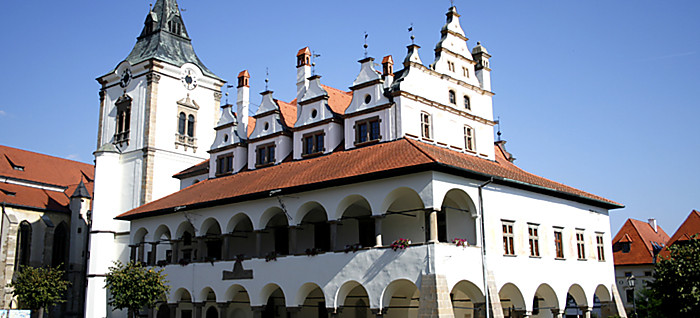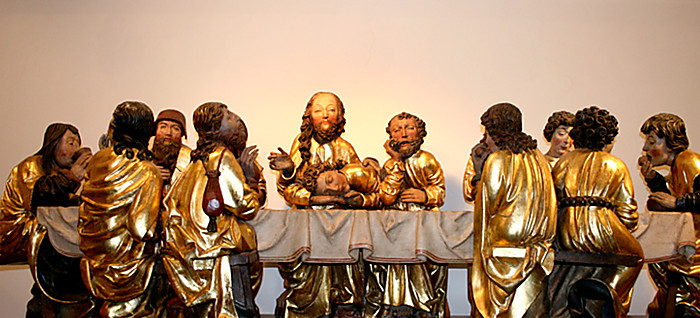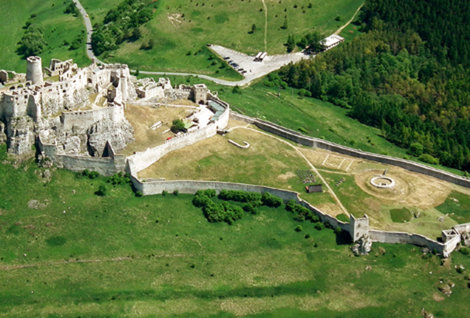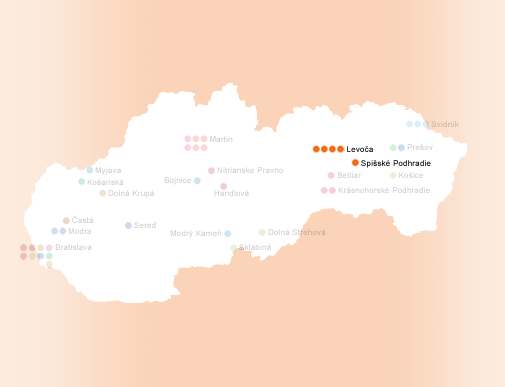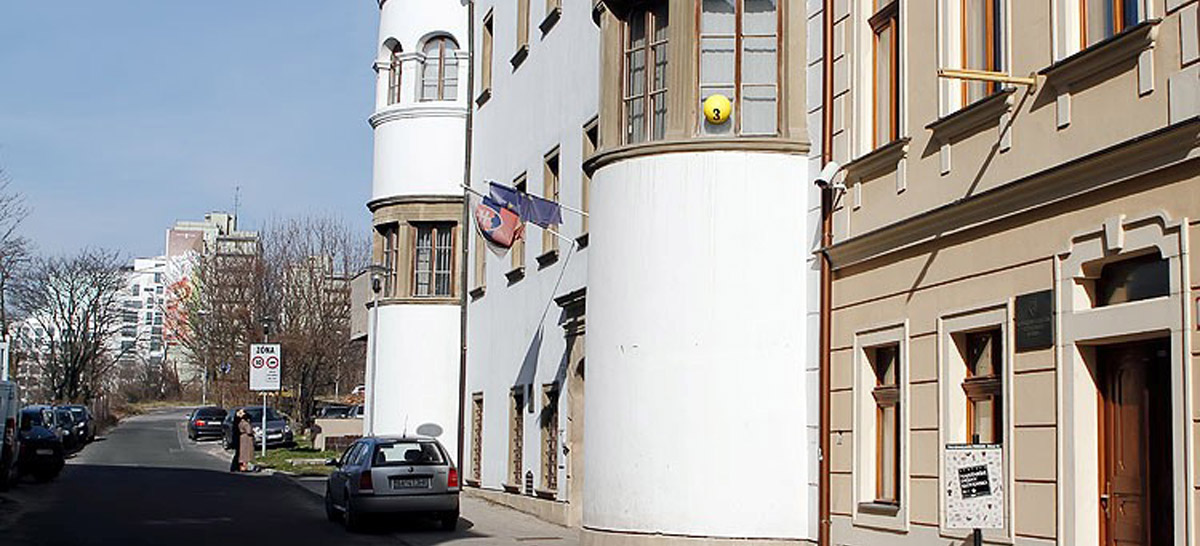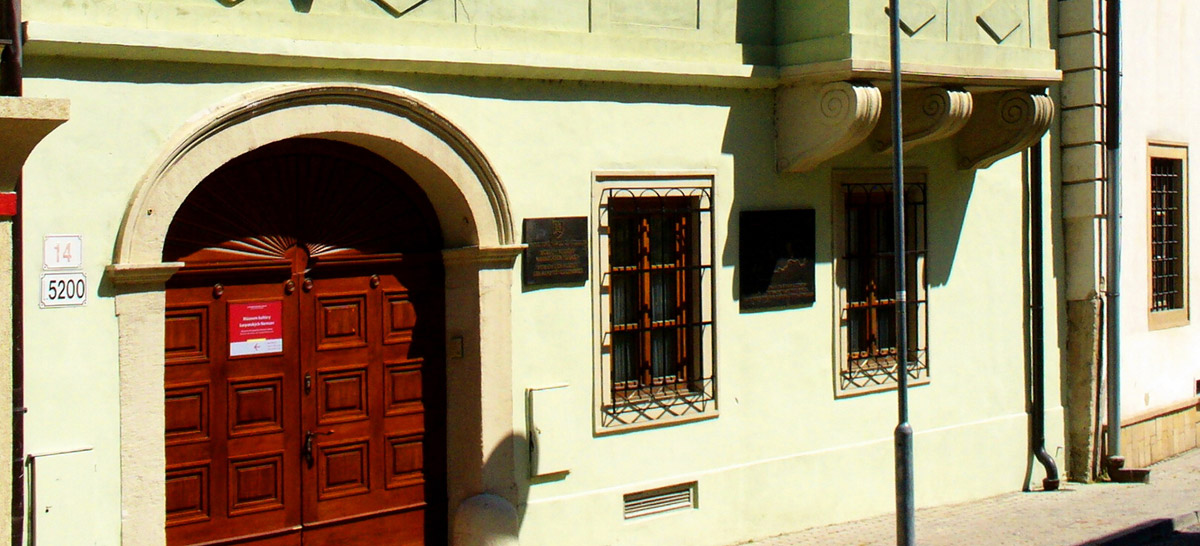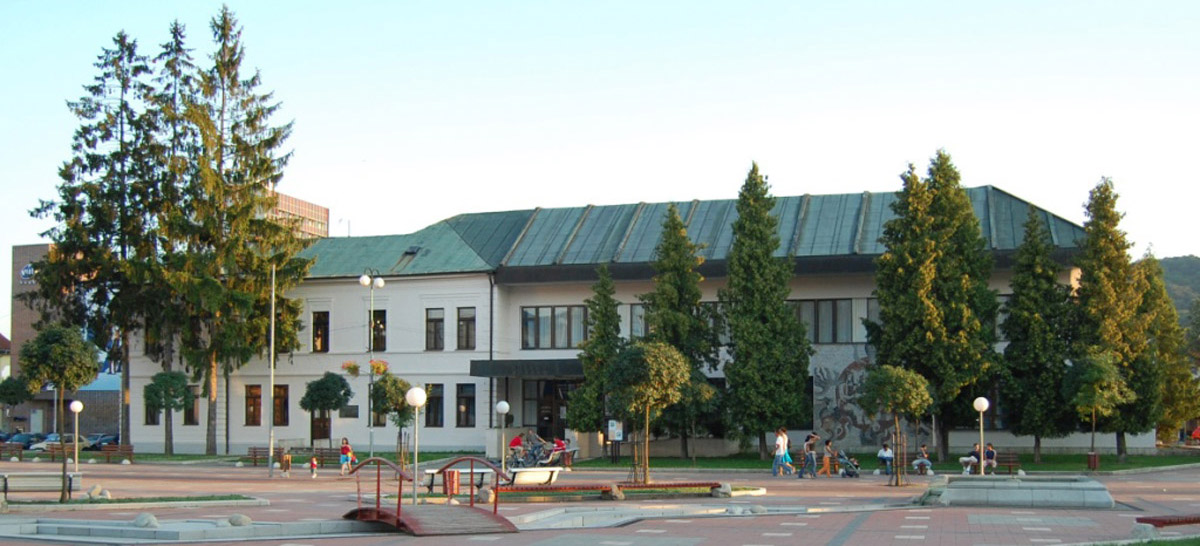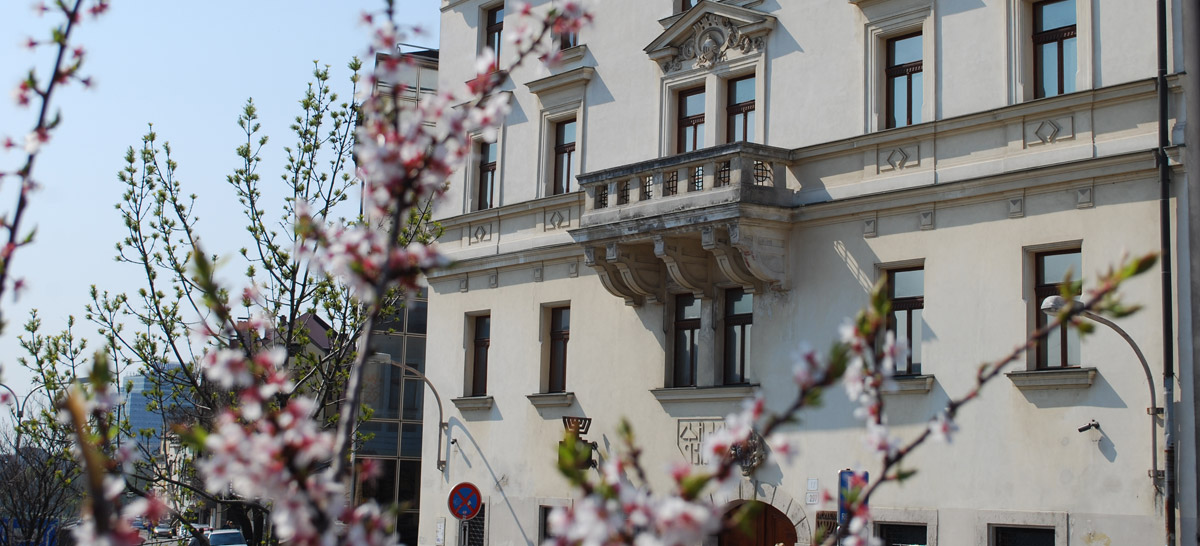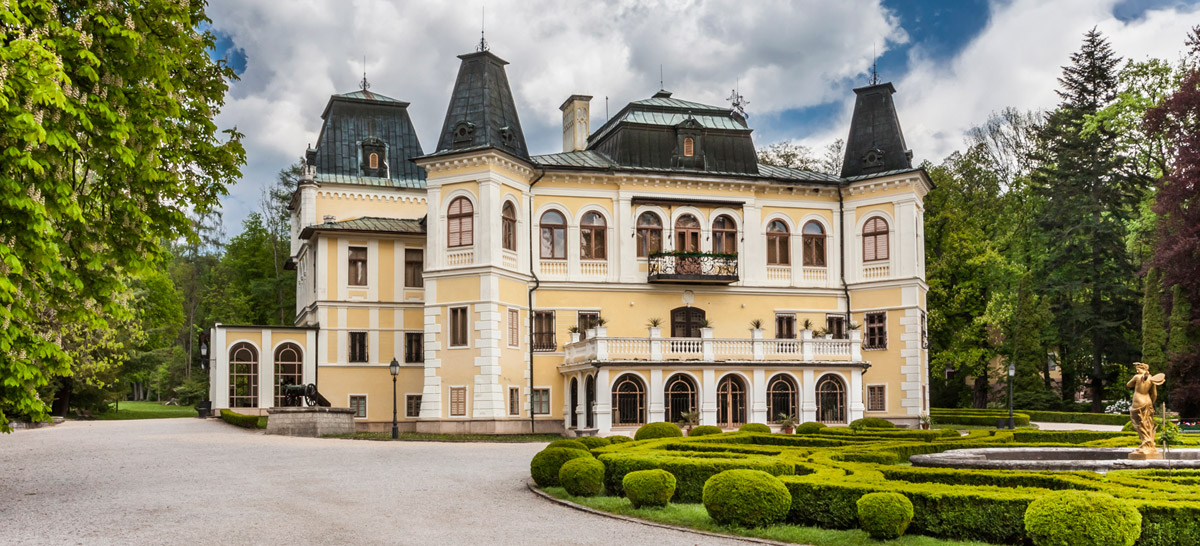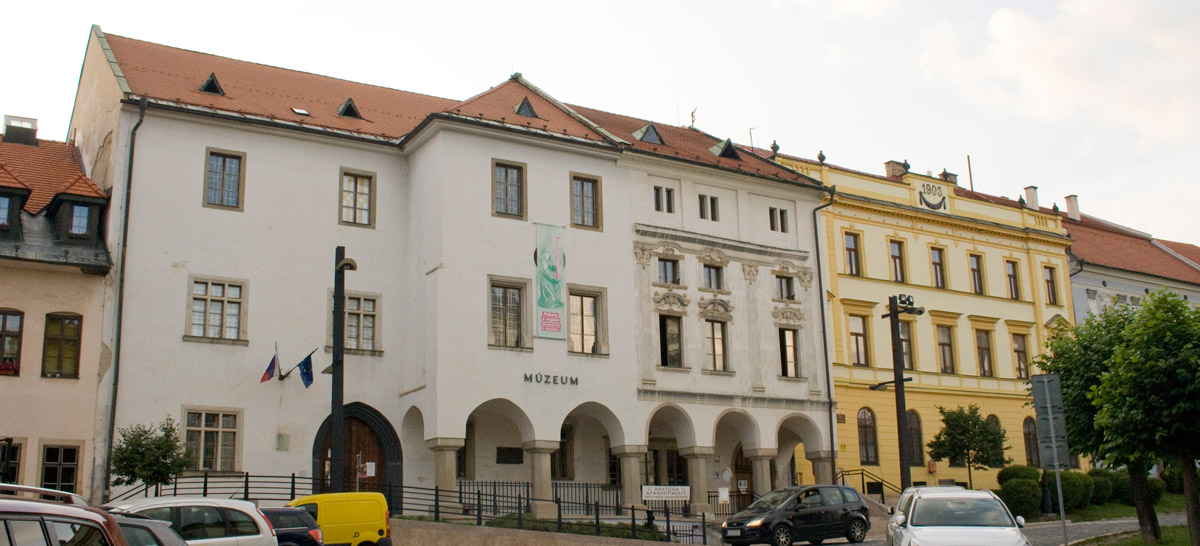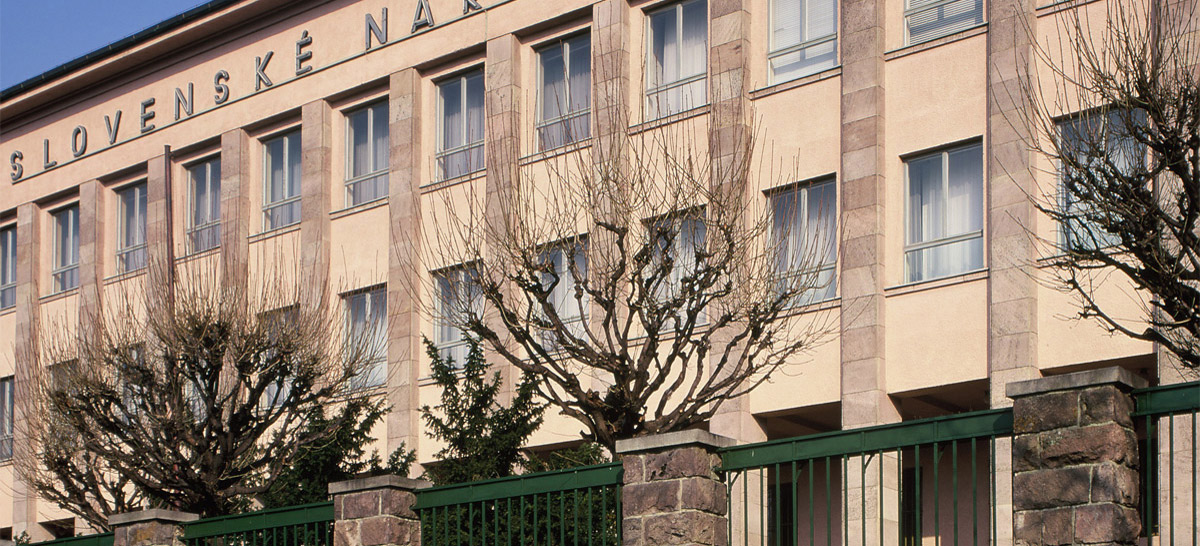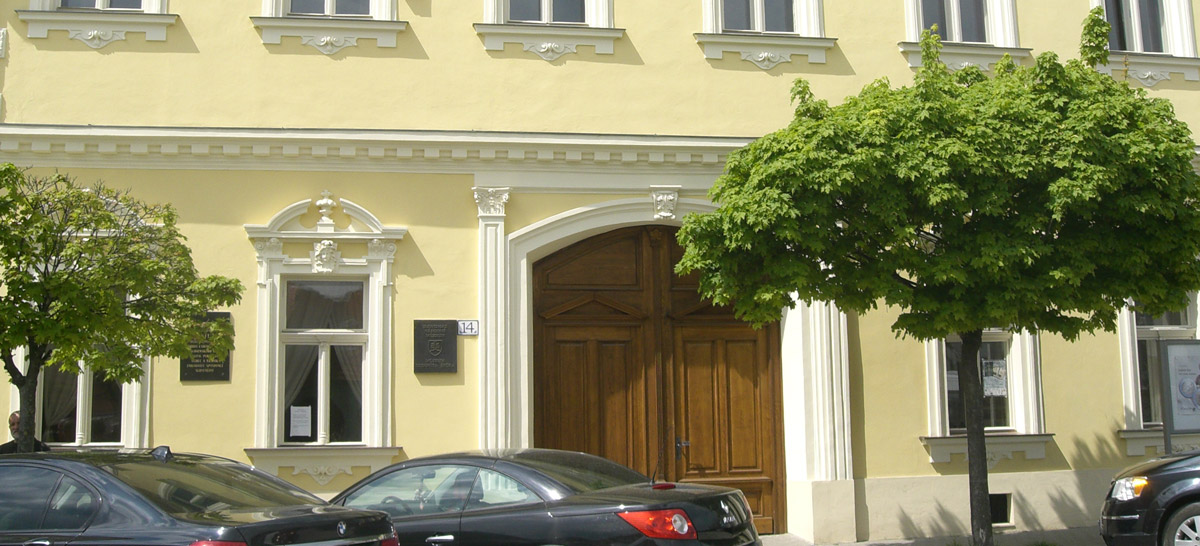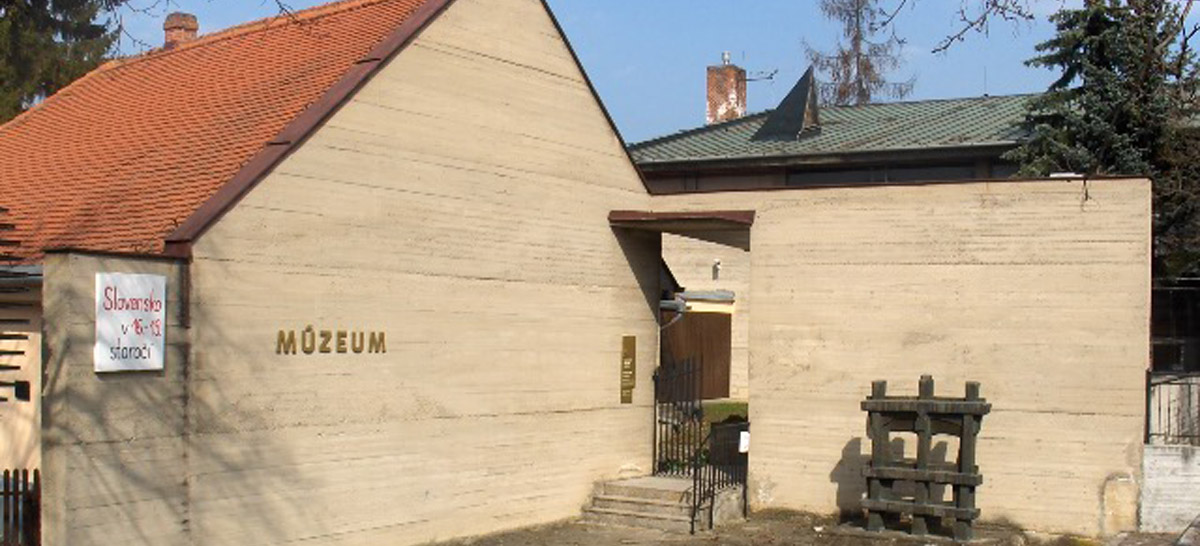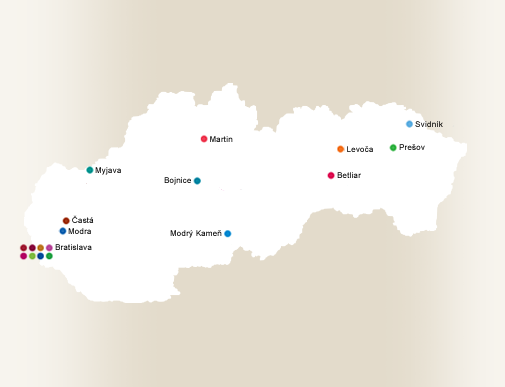About the museum
Mission and History of the Museum
The Spiš Museum in Levoča is a specialized museum of the Slovak National Museum with nationwide competence. Its focus is on research of the historical development of the city of Levoča, art-historical research in the region where the museum operates, research of Majster Pavol of Levoča in local and Central European context, and the development of Spiš Castle and its surroundings. The diverse collection is presented in a number of expositions, the most visited of which are Spiš Castle and the exposition of Master Pavol of Levoča, the creator of the tallest gothic altar in the world (Basilica of St. James in Levoča). The museum is located in a Renaissance burgher house on námestie Majstra Pavla in Levoča.
Historic Town Hall
The town hall, one of the oldest in Slovakia, was built in the middle of the 15th century. The early stages of its construction are not well known; however, the fire of 1550 damaged the building immensely. It is probable that the outer walls of the town hall were decorated by Renaissance sgraffito during its renovations (mid-16th century). In 1615, during the times of the mayor Michal Klement, the town hall was renovated and expanded in the spirit of the new renaissance style by adding arcades to the southern and western sides, and a balcony on the western façade. By the end of the 17th century, a belfry was added before the building gained its contemporary appearance during renovations from 1893 – 1895. Since 1955, it has functioned as a museum as well as a space for special purposes. For example, in 1998, a summit of Central European presidents took place there.

